That Time A Paper Mill Was Blamed For A Massive Highway Crash

It’s easy to take road safety for granted these days. We like to think that engineers have designed our roadways to take every possible eventuality into account. However, there are some hazards that are simply difficult to predict, and even harder to adapt to. This fact became tragically profound on the morning of December 11, 1990.
The day started just like any other for people driving along the stretch of Interstate 75 near Calhoun, Tennessee. Although that stretch of highway had a reputation for being prone to accidents, conscientious commuters didn’t see anything that would cause concern.
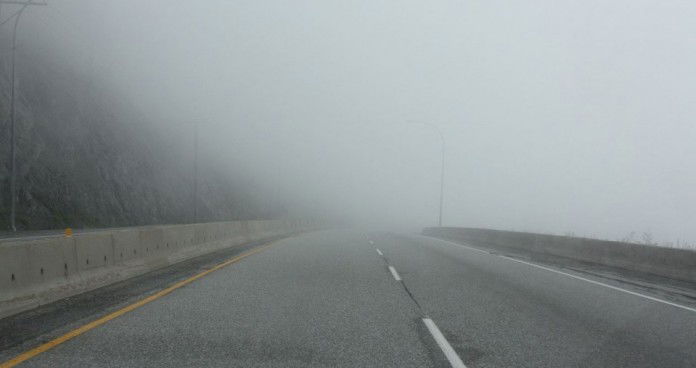
That would change at approximately 9:10 AM, when fog began to blanket the freeway. Although regular commuters were used to occasional fog near the Hiawassee River, this fog was different. It was so thick that anyone caught in it was literally driving blind. Drivers couldn’t see what they were about to hit, let alone be able to react to it while going 70mph. The 99-car chain-reaction collision that followed was inevitable. 42 people were injured, and 12 people lost their lives, making this one of the deadliest car accidents on record.
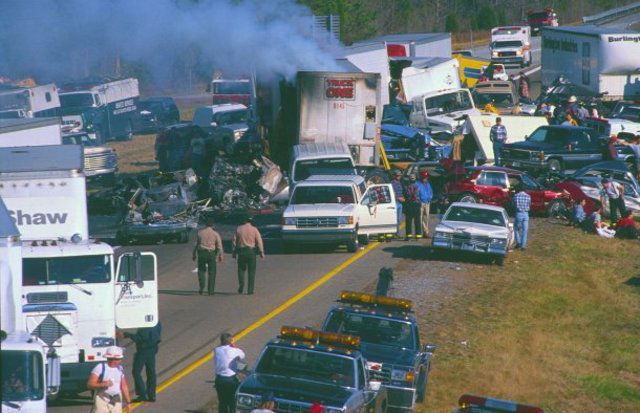
Naturally, the United States National Transportation Safety Board (NTSB) launched an investigation into the tragic accident. Not surprisingly, they determined that the fog was the primary cause of the crash. Located in the basin of the Cumberland Plateau, the Interstate passed through several marshes and crossed over the Hiawassee River. Evaporation from these watercourses provided the ideal conditions for fog to occur. Indeed, fog was a common issue on that particular stretch of I-75.
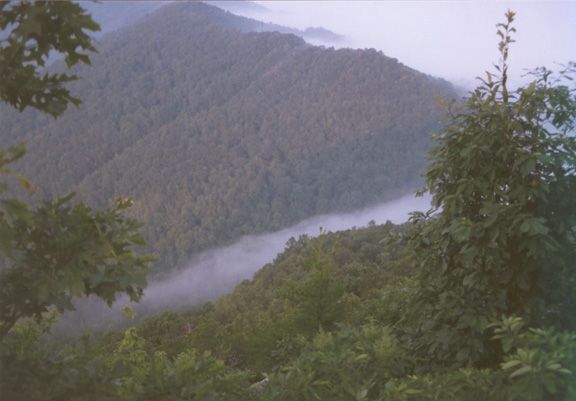
But survivors were convinced that there was more to the story than just the weather. In fact, some scientists were just as skeptical. They found it hard to believe that the fog on that morning was a normal occurrence. Supporting this idea was the sudden onset of such a dense fog - just ten minutes before the crash, drivers either reported a very light fog or no fog at all. Survivors and the families of victims wanted to know the answers to two questions: why was the fog on that day so thick; and how could it occur so suddenly?
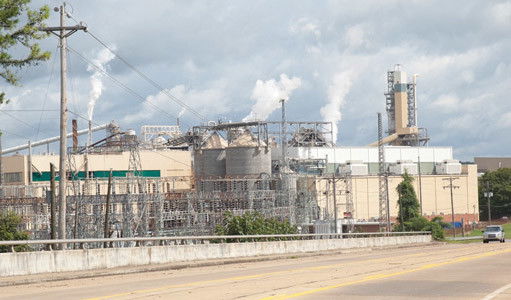
Scientists working on the NTSB report suspected that industrial activity may have been a factor, and began to investigate the nearby Bowater paper plant. As one of the largest producers of newsprint in the country, the Bowater facility emitted massive amounts of steam and pollutants from its smokestacks. In addition, the facility’s wastewater cooling ponds were located adjacent to I-75. Vapours from both of these sources contained particulates that were ideal for the formation of very thick fog. To make matters worse, the winds on that day would have blown evaporation from the Bowater plant directly toward the crash site. Ultimately, the NTSB concluded that the facility’s warm water cooling ponds may have contributed to the fog, but stopped short of faulting Bowater for the collision.
Bowater denied any responsibility for the accident, claiming that natural fog was a problem long before the factory was even built. Instead, they blamed the State of Tennessee for failing to implement effective fog detection and warning systems on I-75. However, these claims were viewed by many as a feeble deflection by a corporation unwilling to take responsibility for their actions. Bowater would reach a $10 million out-of-court settlement with 44 victims and family members, but continued to deny any wrongdoing. They did, however, agree to limit the usage of Pond #4, the cooling pond located closest to the Interstate.
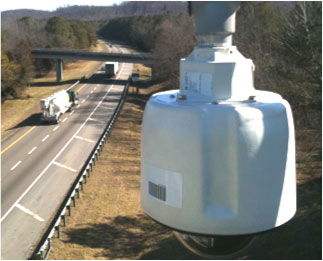
From a public relations perspective, Bowater never truly recovered from the Calhoun crash of 1990. But their claims against the State of Tennessee turned out to be valid, at least from the perspective of the NTSB. In 1979, after a similar multi-vehicle accident caused by fog, the State identified the stretch of I-75 near Calhoun as a fog-prone area. Their response involved the installation of warning signs before the fog area that would activate flashing amber lights if fog was detected. Prior to the accident, these signs were apparently malfunctioning, and most drivers had ignored them for some time. After the crash, the State of Tennessee settled with the victims and their families out of court, and agreed to install a computerised fog detection system that would automatically close the road to traffic in severe fog conditions.

However, the most important recommendation from the NTSB report was ensuring a uniform procedure for drivers to follow when caught in thick fog or other low-visibility conditions. They determined that the variability in the drivers’ reaction to the fog was responsible for the pile-up. Those who did not slow down or pull over to the hard shoulder weren’t able to see what was ahead of them until it was too late. If you happen to get caught in the fog while driving, the report recommends that you slow down and turn on your low beams; and to pull over on the shoulder and stop if you have no visibility.


Comments
I’ve driven there a few times before, thats kinda eerie to think about.
I remember this incident well. I was in 11th grade. My home and high school were about 10 miles from the crash site. Calhoun, where this happened, is a tiny town in Bradley County. I live in the main city there, which is Cleveland. Next December will be the 30th anniversary of the crash. It was horrific. Not much else to say about it. I didn’t know anyone who was involved, thank goodness.
After the crash, they put those massive digital signs along the interstate, as well as railroad arms to block our entrance ramps to I-75, in case it’s foggy, so you can’t not remember what happened. According to the Forensic Files episode I just watched on YouTube (linked below, if links are allowed), there had been many pile-ups on that same stretch of highway until they installed basic fog warning signs with flashing caution lights on them. But the signs weren’t working correctly and had been flashing for several days straight when the 1990 crash occurred. So we really didn’t need to invest millions of dollars on those massive signs. We just needed to make sure the regular fog warning signs were working correctly at all times. The new signs have fog detectors in them, so that’s a plus.
Here’s a really good documentary about the crash:
www.youtube.com/watch?v=eTW3nP87lgI
Thanks for writing this article about the pile-up. We all knew Bowater was to blame. It was shameful of them to even try to pretend like they weren’t responsible. I’m glad they ended up settling. I wasn’t aware they had closed their business. We still smell the Bowater stink when the wind blows our way. “Eww…. smells like Bowater,” we say. But apparently, it hasn’t been Bowater since 1997. There’s still a paper mill there though; it’s just run by a different company now. We’ll still keep calling the stink “Bowater” forever though. They deserve it because of the huge crash they caused.
Pagination